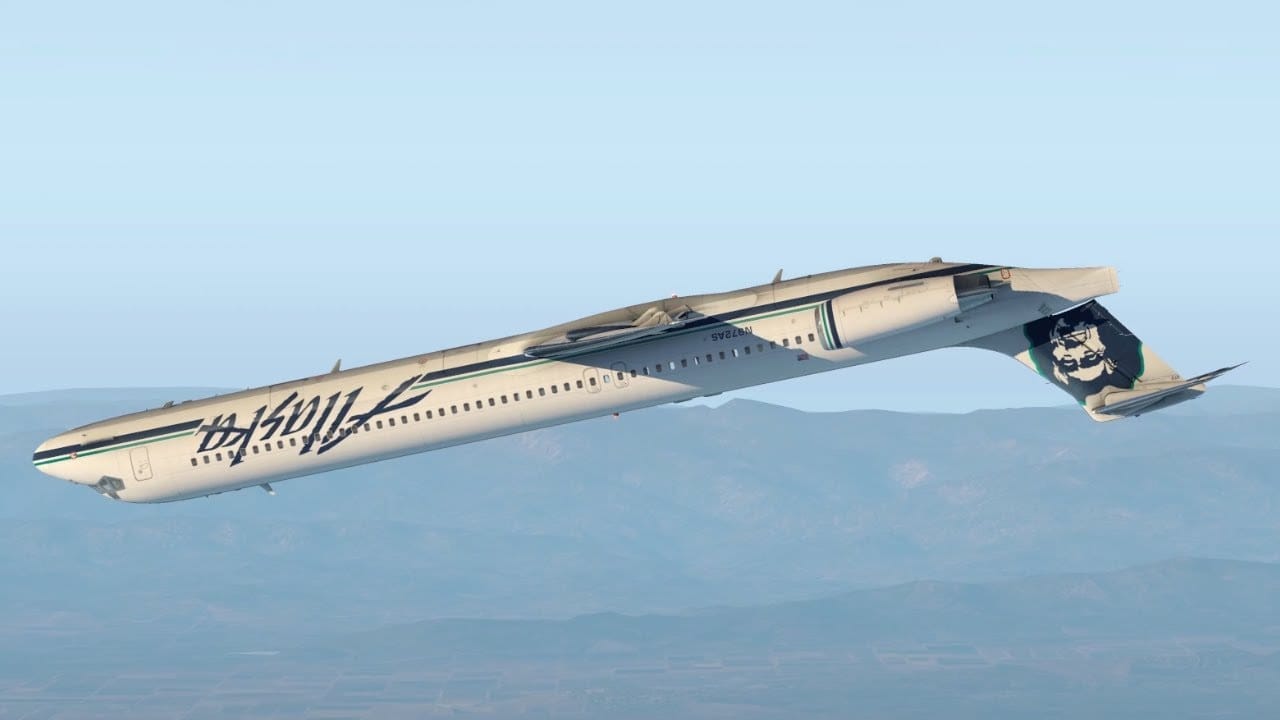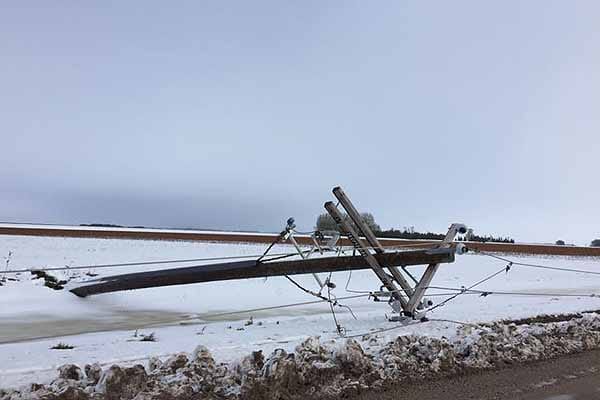Ten lives were tragically lost in a commuter plane crash in western Alaska earlier this week. The crash occurred in an area surrounded by unforgiving terrain and perilous sea ice, presenting challenges to recovery efforts as investigators work tirelessly to understand what caused the fatal incident.
The small, single-engine turboprop aircraft involved in the crash was en route from Unalakleet, a small community in the region, to Nome, a hub city in Alaska. The routine commuter flight took a fatal turn when the plane disappeared from radar screens last Thursday.
Search-and-rescue teams quickly mobilized following reports of the missing plane. The wreckage was discovered the next day on sea ice, where it was confirmed that none of the ten individuals onboard survived the crash. All ten passengers were adults, with their identities yet to be publicly disclosed as authorities continue notifying next of kin.
The harsh Alaskan winter has complicated recovery operations. The perilous conditions on the sea ice, coupled with approaching weather changes including high winds and snowfall, have made it particularly difficult for ground teams to retrieve the wreckage and remains. The National Transportation Safety Board (NTSB) and Alaska State Troopers have been working closely to manage the delicate recovery process.
Statements from the Alaska State Troopers indicate the aircraft’s itinerary. It was a regularly scheduled commuter service operated by a local airline, a common mode of transport in this remote part of the United States where road connectivity is limited.
Witnesses to similar commuter flights in the region and officials familiar with the area say unfavorable weather patterns characterized by sudden drops in visibility often pose challenges to aviation in western Alaska, though it remains unclear if this was a factor in this case.
The U.S. Coast Guard has supported recovery efforts, providing aerial assistance to locate the initial wreckage and aiding in subsequent recovery operations. The photographs released by the Coast Guard show the stark emptiness of the crash site, with the remains of the aircraft splintered across the icy terrain.
Flight safety in remote parts of Alaska is often a complex matter due to the rugged geography and unpredictable weather conditions. Despite advancements in aviation technology and safety protocols in recent years, hazards peculiar to this region continue to underline the intrinsic risks of travel.
This latest crash is the third major aviation mishap in the United States this month, highlighting a concerning series of incidents. The Federal Aviation Administration (FAA) has committed to assisting the NTSB in piecing together the factors that led to the crash in Alaska.
Initial inspections of the crash site have yielded clues that investigators are keen to follow up on. However, detailed investigations and accident reconstruction using black box data (if available) are essential steps toward identifying possible mechanical defects, pilot error, or external factors that may have contributed to the disaster.
Local residents in Unalakleet and Nome have offered their prayers and support to grieving families. Alaska is no stranger to aviation tragedies, and for these close-knit communities, each loss resonates deeply.
A key part of the investigation will also focus on the role of the aircraft model. The crashed plane was a Beechcraft 1900D, a workhorse for small-scale commuter operations worldwide. Known for its reliability and service flexibility, it has largely maintained a strong safety record. However, older maintenance issues or unforeseen mechanical troubles linked to specific flights can sometimes culminate in rare disasters.
Authorities have urged the public to refrain from speculation while the investigation is ongoing. Any underlying operational issues detected in the investigation could have wide-ranging implications for carrier operations in Alaska and potentially elsewhere in the country.
For now, grief dominates the mood across Alaska. Multiple agencies have extended heartfelt condolences to the families affected by this devastating loss. The state governor has also signed a formal declaration remembering the victims.
As investigators and recovery teams grapple with the physical and technical challenges of this tragedy in Alaska, the final report is expected to offer clarity, lessons for future aviation safety, and—hopefully—some closure for the families who are suffering the painful loss of their loved ones.



